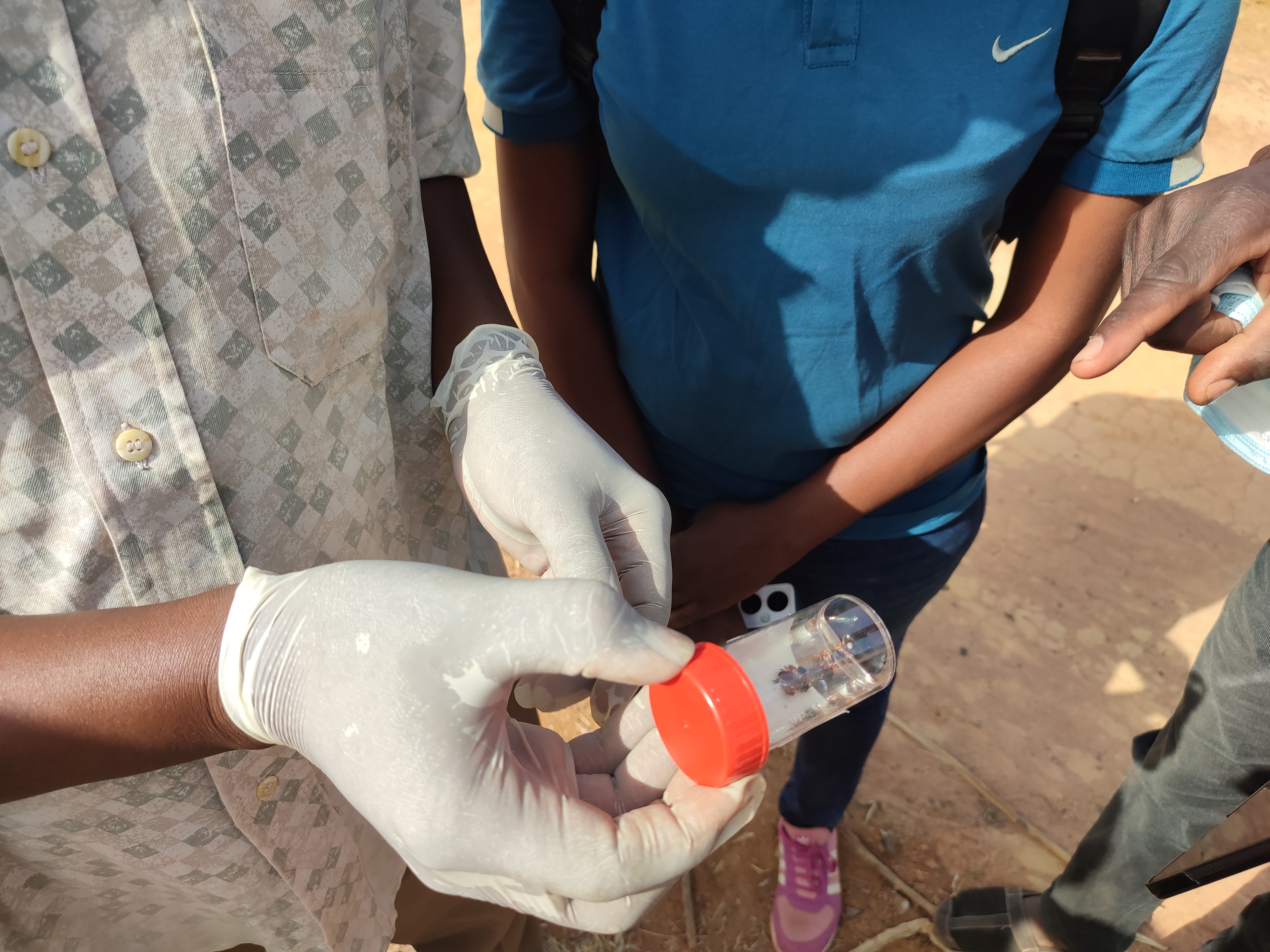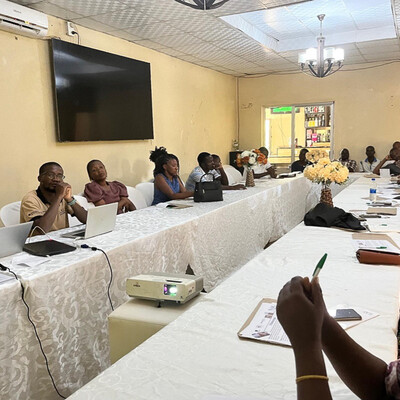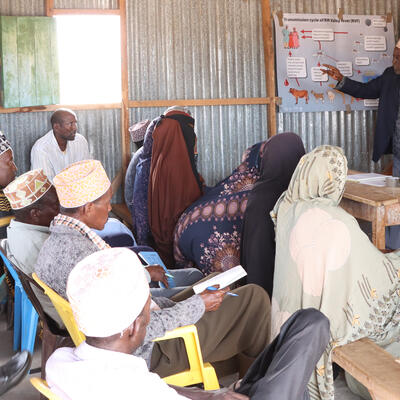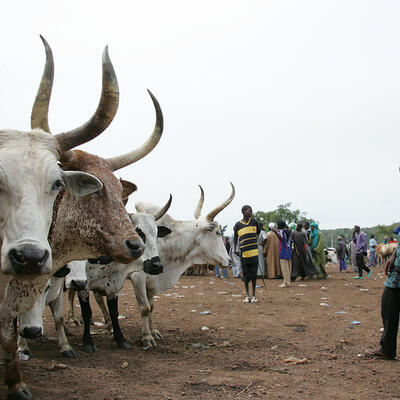

Investigating the impact of Crimean-Congo hemorrhagic fever (CCHF) in Burkina Faso using One Health
In the heart of West Africa, Burkina Faso, a country known for its deep connection with livestock farming, faces a silent yet formidable threat: Crimean-Congo hemorrhagic fever (CCHF). This tick-transmitted zoonotic disease presents a complex challenge that calls for an innovative, unified response.
CCHF is caused by a virus and kills up to 40 per cent of people it infects within two weeks. There is no effective vaccine. The disease can infect both wildlife and livestock, and animals may show no apparent symptoms. People who come into contact with infected animal blood, such as herders, slaughterhouse or veterinary workers are particularly at risk.
Burkina Faso’s battle against CCHF is not just a health issue; it’s a matter of economic survival and community well-being for its many livestock farmers. Livestock, central to the livelihood of rural populations, roam freely, creating a bridge for disease transmission between animals and people. Despite the critical role that livestock play in the economy and the close contact between humans and potential disease carriers, knowledge about CCHF within the country is scarce, and active human cases of the disease remain undocumented.
Recognizing the gap in knowledge and evidence, the International Livestock Research Institute (ILRI)-led One Health Research, Education and Outreach Centre in Africa (OHRECA) is carrying out a study to identify the risk factors of CCHF outbreaks using a ‘One Health’ approach. One Health integrates the study of humans, animals and their shared environment to guide disease control strategies.
The study’s scope covers 16 randomly selected villages across four communes in two regions. The research team is engaging local authorities in charge of human and animal health and with community leaders and building a foundation of trust and cooperation for the study's success. Community meetings have been used to raise awareness of the local authorities on the One Health approach in general and on CCHF in particular. Building a local One Health team and strengthening their capacity.
To facilitate the fieldwork, a multidisciplinary team comprising 1 veterinarian, 16 veterinary technicians, 1 biologist, 1 medical entomologist, 2 nurses and 2 laboratory technicians has been set up in each of the four communes. These teams have been trained in the One Health approach for successful cross-sectoral collaboration in tackling diseases in the regions. The study’s standard operating procedures, focusing on the collection and management of human and animal blood samples, as well as the collection and preservation of tick samples have also been shared with them. To ensure the effective exchange of information and cross cooperation essential for the fieldwork, two training sessions for all local stakeholders were held in the presence of the regional health authorities on 7–8 January 2023 in Hauts-Bassins, and 10–11 March 2023 in the North regions.

Abdoul Iboudo of ILRI takes a blood sample from a goat in Burkina Faso (photo credit: Moctar Yougbaré).
Coordination and implementation of fieldwork using One Health
In May–June 2022, a preliminary census was carried out across the selected villages to count the households with livestock within each of the 16 villages. This census data formed the basis for randomly selecting 10 households in each village for participation in the study.
For the efficient organization and execution of data and sample collection, a structured protocol was followed in each village. The visit of the data collection team was preceded by an informational and sensitization campaign, spearheaded by a team comprising a community health worker and a local veterinary officer. This preliminary engagement prepared and informed the community about the study's objectives and processes.
The multidisciplinary team proceeded to each village after this for face-to-face interactions with the community members, setting the stage for data collection. During their visit, the team interviewed and collected blood samples and ticks from 5 people and 20 animals in each of the selected 10 households ensuring comprehensive and inclusive data is available for assessing disease transmission within and across species in the sites.
Major achievements
Through the study, 40 human and animal health workers have enhanced their skills in the One Health approach, zoonotic disease control, techniques for blood sampling, and tick collection. Sixteen community sensitization sessions to raise awareness on zoonoses and CCHF prevention have also been held, alongside field activities across 8 villages in the Hauts-Bassins and North regions interviewing 726 participants from the 148 households of the sample. Blood samples have been collected from 2,346 animals including 685 cattle, 673 sheep and 988 goats and 1,505 ticks. These have been processed and stored by skilled technicians in a local laboratory according to protocols.

Ticks collected from livestock in a container (photo credit ILRI/Moctar Yougbaré).
This fieldwork not only applied the One Health approach practically but also fostered a novel, collaborative platform among human and animal health stakeholders. This synergy and interdisciplinary collaboration, sets a precedent for future studies in Burkina Faso and beyond on complex health issues like Crimean-Congo hemorrhagic fever.








